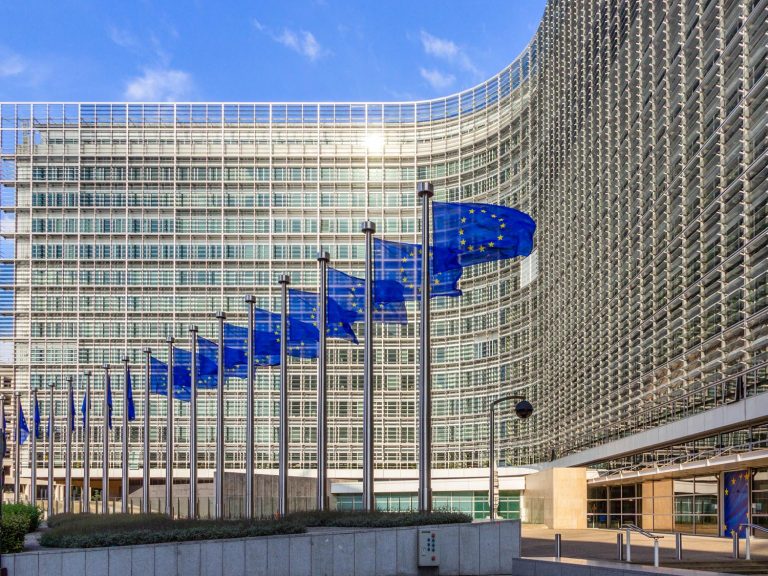
Date:
The Brexit export process pt 1
Responding to the UK’s plan for light-touch customs processes for importing EU goods, post-Brexit, the European Union confirmed it will enforce full customs and regulatory checks.
We review the steps that will need to be conducted to export goods to mainland EU from 1st January 2021 – It’’s different for the island of Ireland, which we’ll explore later.
Be warned, there’s a lot of acronyms to learn and new costs to look forward to, if the UK/EU fails to reach a trade agreement, and probably, even if they do.
Metro systems automatically transmit the export entry summary declarations that alert the export and import customs authorities at the borders for your cargo movements
EAD
EXPORT DECLARATION
Places goods under customs control and is also the HMRC control mechanism for zero rating VAT – COST ITEM
ENS
ENTRY SUMMARY DECLARATION
Alerts the import border of goods imminent arrival and must be lodged at least 2 hours before you arrive at the border – COST ITEM
IMP
IMPORT DECLARATION
Accounts for import duty and VAT and can, in many cases, be submitted later – COST ITEM
TAD
TRANSIT ACCOMPANYING DOCUMENT
For COMMON transit, with goods passing through the initial border un-cleared and customs clearance taking place inland. Deposit or Bond may be required – COST ITEM
EHC
EXPORT HEALTH CERTIFICATE
Most products of animal origin require an EHC that has been endorsed by an authorised vet – EXPORTER’S RESPONSIBILITY
PHYTO
PHYTOSANITARY CERTIFICATE
Is for products of plant origin, endorsed by the appropriate authority – EXPORTER’S RESPONSIBILITY
TRACES
TRACES
Control system for EHC and phyto movements, generates a document reference number which should be declared on arrival at the BCP – COST ITEM
BCP
BORDER CONTROL POST
Goods covered by EHC or phyto must be presented at the BCP when they first enter the Customs territory – COST ITEM
The TAD includes a unique Movement Reference Number (MRN) in a numerical format and as a barcode, which is scanned to allow cargo to board the ferry in Dover or other ports.
While on board, goods are matched to the lorries they are on and a colour-coded system tells drivers whether they require further checks: Green for “no”, orange for “yes”.
The TAD must accompany the goods during transit and be presented, together with the goods, at any office of transit en route and at the office of destination.
For further information and detail please contact your Metro Brexit account manager.
